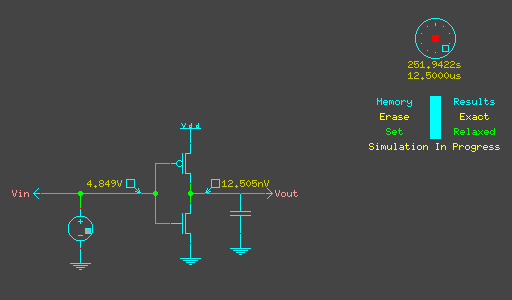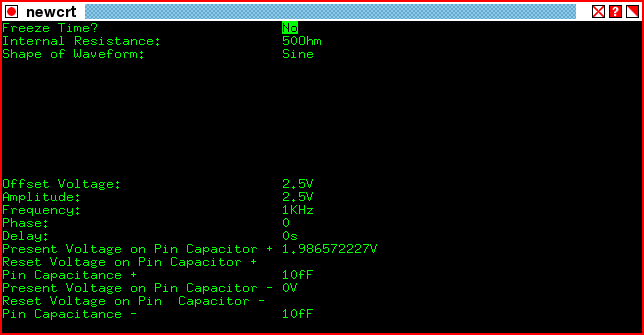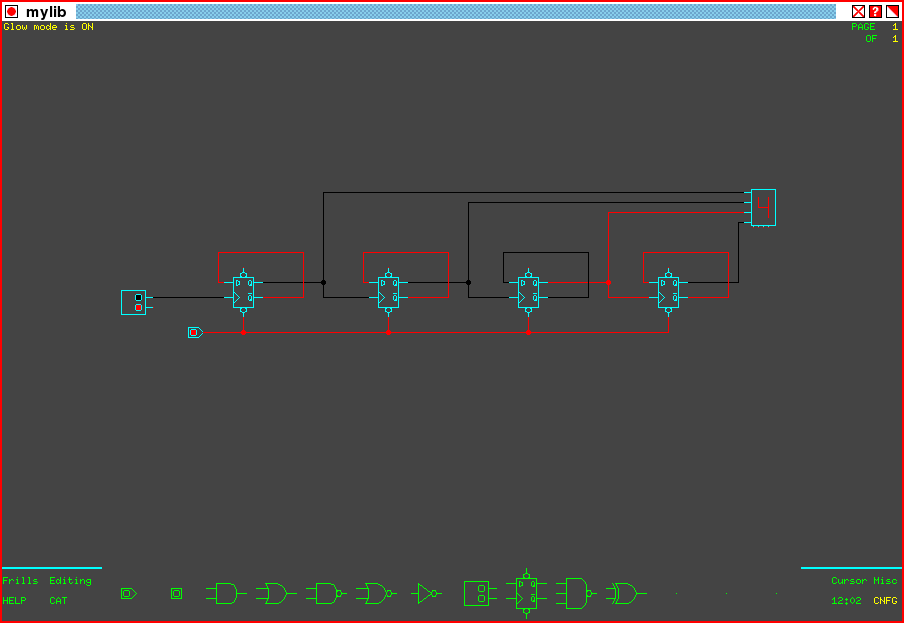
Written by John Lazzaro and David Gillespie at Caltech in the 1980s, and maintained and updated/upgraded through the early 1990s, the circuit simulation programs analog and diglog together comprise one of the best circuit simulation software tools ever written. This tool would have had a good shot at rivaling the ubiquitous simulation tool SPICE if not for its heavy dependence on long-outdated software, rendering the code difficult to parse and edit. At one time converted from Pascal and a native Hewlett-Packard graphics system to C and an Unix X11 graphics environment, the software is relatively self-contained and continues to be able to be compiled and run on modern systems.The great benefit to the programs analog and diglog are their ability to simulate electronic circuits in a visual way that greatly facilitates understanding of what's going on in the circuit, of why certain things work and other things don't. The schematic drawing and circuit simulation are intimately tied together, and the simulation part of it has the unique property of monitoring the schematic continuously to determine if a circuit is simulatable, and proceeding to simulate even while the circuit is being constructed. Digital circuits are considered simulatable at all times, with unconnected inputs assumed to be grounded. Analog circuits require valid connections to all devices, but if otherwise connected in a valid way, components can be added and removed from the circuit during a simulation. Circuit properties can be changed at any time without interrupting the simulation.
For anyone who has ever run SPICE simulations in parallel to understand the effect of a single component change on a circuit's behavior, it should be obvious that the ability to tune a circuit by adjusting a component value and watching the circuit adjust itself to the new value in real time is beneficial in many ways, and can result in faster circuit design and a much better understanding of how a circuit works and responds to certain values and structures.
There are, however, many things that analog and diglog don't do, such as understand modern (e.g., bsim3) component models, noise analysis, parasitic annotation, wire models, and so forth. But there are a surprisingly large number of things that these tools can do, and do very well.
The original download page is at the Berkeley CS department, which is now a redirect to John Lazzaro's page at github.io. There you can find additional resources and documentation.
File Type Version Revision Size (KB) Date chipmunk-5.67.tgz Gzipped source 5 67 3.4MB February 13, 2016
Prerequisites:Compile instructions:make
analog [filename]
diglog [filename]



- version 5.67:
- February 13, 2016
Corrected plot code for 64 bits, changed defaults Makefile settings for 64-bit Linux systems.
![]()
| email: | 
|
---As always, Caveat end-user.
Last updated: February 13, 2016 at 12:39pm